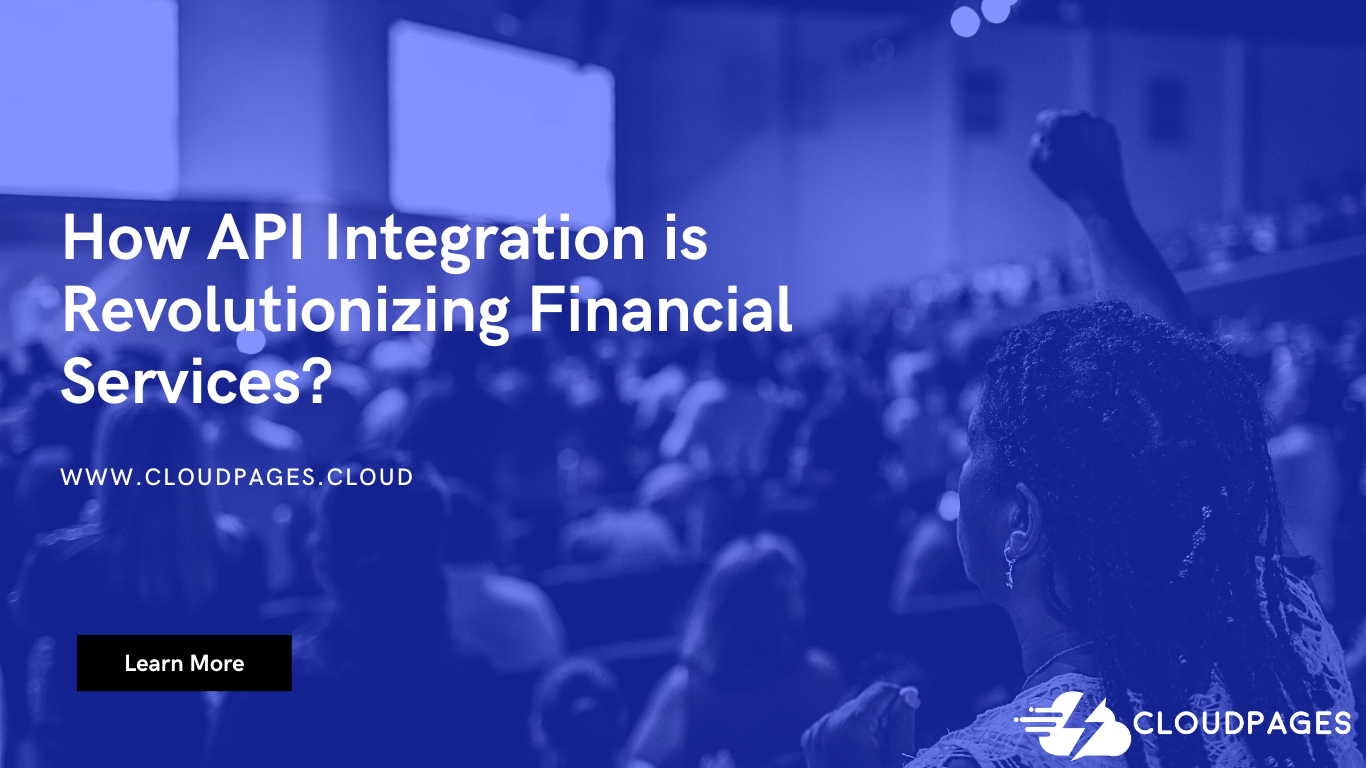Have you noticed how the Financial Services area is changing rapidly? These days, banks and financial institutions are diving headfirst into the digital realm, responding to the evolving needs of their users. The recent push towards digitization, significantly accelerated by the constraints of the pandemic, has opened up exciting new possibilities in fintech.
Picture this: in the competitive field of financial technology (fintech), there’s an intense race for leadership among banks and financial organizations. Their top priority? Convincing everyone involved that they’re on top of the digital game, ensuring a seamless experience for users. They’re investing in digital transformation, aiming to streamline operations while keeping costs in check.
It’s a fascinating time, isn’t it? The financial world is actively evolving to meet the needs of modern customers, and digital innovation is at the forefront. There’s a definite push for change, and everyone’s aiming for a more efficient, user-centered future.
Table of Contents
How APIs are Changing Banking
If you want to keep up with what clients wish, your company should try out new things to give better services. Try adding more cool stuff like digital wallets and alerts for mobile fraud.
Lately, lots of banks and organizations focused on fintech have begun discovering the monetization of APIs (short for Application Programming Interfaces) and standardizing Open Banking API. They’re doing this because they see a chance with API in banking that can make things better for both bankers and customers. If banks keep employing smooth bank API integration, the way we handle data and services will change for everyone. This means doing banking business will get much cheaper.
When banks and finance firms use APIs, they’re opening the door for other players to use their services. This helps banks and those companies give better solutions to users.
Simply put, using APIs in banking lets institutions easily link up with businesses and customers. Because of APIs, banks can send information faster and offer more services. Looking ahead, APIs could change a lot about how money and banking work.
Making the Most of APIs for Businesses
Studies suggest that banks are really starting to make use of the amazing help APIs can provide. Right now, about half of the connections in banks use APIs, but mostly just for their own needs and use. And we can assume that in the future, more outside companies will start using them, so planning at the present stage is super important. The big heads of the companies need to think about three points:
- Which APIs should they start using and in what order?
- How can they make money using outside APIs?
- How can the company make sure both the business and tech teams agree on which APIs are most important and how they’re managed?
Some tech leaders find it hard to set up a good way to manage APIs because they don’t know all the best ways to do it. They say it’s imperative to focus on constructing APIs better so the firm can find new opportunities and get more people to use them. They also want the business side to take charge of using APIs. This should help the company plan better, make APIs a bigger part of the future plan, and help tech leaders make a tech-focused business plan for later on.
Making this plan work means thinking about the people’s stuff: What skills and talents do they need to make it work? How can they get or build the skills they’re missing in their team? They also have to think about the technical stuff, like how to design APIs and set up platforms to manage them. Making the most of APIs means thinking about everything: the plan, how the company works, the tech, and the people.

Source: https://unsplash.com/
The Power of Fintech Tools in Finance: A Guide to Popular APIs
Ready to unlock the incredible power of financial technology? Fintech APIs are the secret sauce driving business and startups success and exceptional customer service. These nifty tools create seamless connections between different systems, sparking new opportunities for growth and banking innovation in the fintech world.
Let’s explore the diverse range of APIs that can supercharge your product:
- Banking APIs: These are the unique stars of the fintech world, allowing apps to access critical info from users’ bank accounts. Need to check transactions or transfer money? These APIs make it happen fast and easy.
- Payment APIs: Picture these as the magic wands for smooth in-app transactions. They enable you to pay or transfer money without ever leaving your favorite app. Services like Stripe, PayPal, and Square ensure safe and hassle-free transactions.
- Credit Bureau APIs: Your own digital money advisor! These tools help manage your credit score and handle debts efficiently. Companies use services like Experian and Equifax to keep an eye on credit and potential risks.
- Identity Verification APIs: When apps need to confirm it’s really you, these tools step in. Using various methods like ID scans and fingerprints, they make sure your identity stays secure.
- Data Analysis and Reporting APIs: Think of them as the information gatherers. They collect data from different sources and reveal key patterns and insights. Companies rely on them to make smarter financial decisions and enhance their services.
- CRM APIs: The superheroes behind customer happiness! They store vital information about you, ensuring companies can offer personalized services that suit your needs.
- Blockchain APIs: These game-changers ensure super-secure and transparent transactions. Using cutting-edge tech like Ethereum or Bitcoin, they revolutionize how we handle money.
- SMS and Email Services APIs: The messengers connecting companies and customers instantly. They deliver timely alerts about your account balance, payment due dates, and more, ensuring you’re always in the know.
By harnessing the potential of these amazing solutions, financial companies can work wonders, elevating customer experiences and transforming the way they do business.
What Is the Future of API Banking?
The developing stage of APIs in banking offers a promising tomorrow due to their increasing adoption and use. It demonstrates the API integration across established companies, revealing the hosting of third-party systems.
Soon, banking APIs could potentially facilitate financial ecosystem collaborations between banks and e-commerce platforms, streamlining online payments. Moreover, they might enable linkages between physical banks and retail outlets to provide financing and lending options at point-of-sale locations.
APIs help developers access services across numerous cloud providers, which allows them to use different services at the same time. Cross-platform services can significantly reduce the work time of the engineering team and reduce the costs for the company. Common examples of these APIs are REST or OpenAPI.
The transformative prospect of APIs to innovate interactions with suppliers, clients, transactions, and data is remarkable. Financial institutions’ refusal to adopt API investments may encounter significant missed opportunities, leading to a decline in their competitive edge.
In summary, we’re transitioning into an “API society,” and while banks are relatively new entrants, the influence of API technology is profound. As customer behaviors evolve, markets face disruption, and regulations change, the banking sector is actively engaged in discussions and preparations for the API revolution.
Read about: How to choose hosting?



